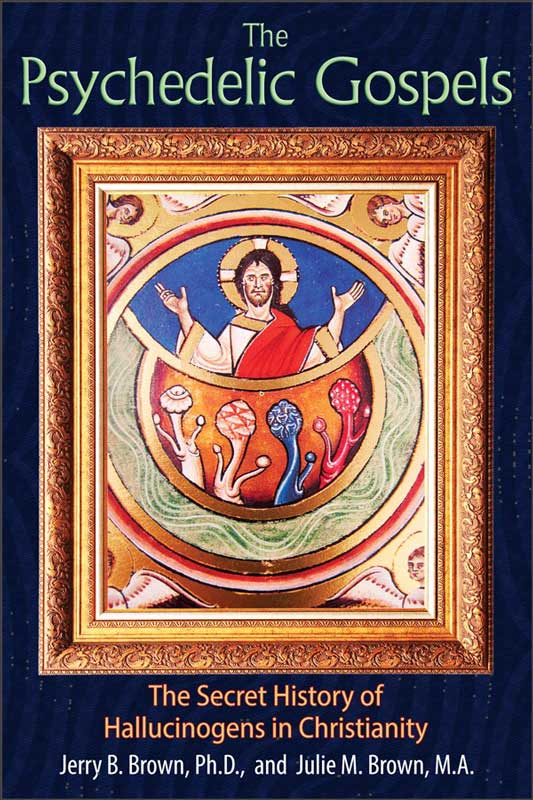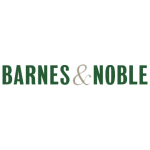The book you hold in your hands is epoch-making. Its significance for ethnomycology can only be compared with the Wassons’ book Mushrooms, Russia and History.* Both of these works are striking in their parallelism. I am sure that Jerry and Julie Brown do not fully realize how pervasive this parallelism is, even considering the fact that the books are contrasting sometimes. The first book was written by the Wassons, the second one by the Browns. The creators of both works are not mycologists: the authors of Mushrooms, Russia and History are a banker and a doctor, The Psychedelic Gospels is written by an anthropologist and a psychotherapist. Both books are composed in the form of a diary, a travel log that takes reader from place to place, from event to event, from thought to thought. But if the Wassons’ book ushers in the era of ethnomycology, the Browns’ book finalizes it. The Wassons’ work contains too much excess information, it is raw, ponderous and often controversial; in some places, it is simply unrealistic for an unprepared reader to wade through it. The Browns’ book is fluent, sophisticated, well-balanced and well-reasoned, and any material presented in it may be easily understood by anyone interested in this topic.
The work Mushrooms, Russia and History owes its birth to a forest walk of the Wassons, when Valentina Wasson ran off the path to gather mushrooms in the presence of her husband amazed by this fact. The Psychedelic Gospels was created due to the accidental discovery of a symbolic image of a fly agaric carved into the forehead of the famous face of the Green Man in Rosslyn Chapel (a Catholic chapel south of Edinburgh) made by Jerry and Julie Brown during their trip to Scotland. The authors mention, “…This discovery was the impetus for our decade-long search for iconographic evidence of entheogenic mushrooms […] in early and medieval Christian art. This book presents the color photographs and anthropological interpretations of the evidence we found in churches and cathedrals throughout Europe and the Middle East — in frescoes, mosaics and stained-glass windows dating from the fourth to the thirteenth centuries. These findings inspired us to propose the theory of the psychedelic gospels, suggesting that Christianity has a psychedelic history and that this history was not suppressed but was secretly perpetuated by the ecclesiastical elite for initiates as a direct pathway to the divine.”
Mankind is about three million years old; that’s a long time. Even according to modern dating, we already live in the third millennium. But people continue to cling to their old gods with amazing tenacity (unfortunately, this is conditioned genetically). These gods are jealous, they divide Homo sapiens into openly hostile or latently intolerable groups, each of which considers its archaic god-meme to be the only true one. The idea of these powerful creators and saviors, redeemers and punishers is firmly nestled in the heads of most of modern people, and the long-proven fact telling us that the variety of gods owes its origin to mushroom and plant entheogens may cause only a wave of righteous indignation among believers. No wonder: Credo quia absurdum.**
In the pages of The Psychedelic Gospels, the Browns take you on a path of logic and undeniable facts. After reading this book, thoughtful readers will have no doubts about the entheogenic origin of not only Christianity as such, but all religions in general. At the same time, the authors demonstrate critical thinking; they analyze mistakes and shortcomings of their predecessors and raise new questions that still await their solution.
The solution to the famous “Wasson’s paradox” is one of the great points outlined in The Psychedelic Gospels. For those who are not in the know, I shall give the necessary explanations. Wasson’s paradox is that, being the “father” of ethnomycology and the person who first postulated on an evidence basis that all religions have an entheogenic genesis (and even first introduced the term “entheogen”!), Wasson at the same time argued furiously that this approach was not applicable to Christianity. Wasson’s paradox has been considered irrefutable for more than half a century, until the Browns showed that the opinion of Gordon Wasson resulted not from his scientific conclusions, but from his financial activities! But I don’t want to spoil your reading pleasure, you better read the book.
From my mycological point of view, the fact that the Abrahamic religions take their origin from the fly agaric and psilocybin mushroom cults is not terrifying and shocking, but fateful and life-affirming. On the way to understanding this truth, not only many swords and spears were broken by disputants, but also human destinies, destinies of scientists, who dared to declare again and again that the Earth revolves around the Sun, were ruined. The English archaeologist and paleolinguist John Marco Allegro, “the Maverick of the Dead Sea Scrolls,” is a prime example. He was the first scholar who had the audacity to relate these themes to Judaism and Christianity, and in his book The Sacred Mushroom and the Cross he traced their roots linguistically back to the earliest written Sumerian and Semitic language groups. Allegro’s scientific career was ruined by Christians and scholars of his day (now his works became classic again). Yes, Allegro was out of line in some of his assumptions (for example, he argued that Jesus was not a historical person, but a metaphor describing a hallucinogenic mushroom), but this does not negate the visionary nature of the entire book.
It seems to me that we should be grateful that fly agarics and psilocybin mushrooms (and not, for example, alcohol and marijuana) became our guides to the Universe, which was originally revealed to us as the world of gods, and to self-knowledge, which is an integral part of the effect of entheogens on the human mind. Who knows what our world would look like without this truly sacred pair of mushrooms? And what a pity that orthodox Christianity has triumphed over the gnostic one…
Finally, I would like to say a few words to justify the title proposed by me for the Russian version of the book by the Browns. Based on the results of the survey, I have come to the conclusion that the phrase “Psychedelic Gospels” may be difficult to interpret by an unprepared reader. Therefore, I took the liberty of making the author’s title a subtitle, and to use as a new title a boldly paraphrased statement which begins the Gospel of John and which, in my opinion, most vividly reflects the essence of this work. So, my friends, IN THE BEGINNING WAS THE MUSHROOM…
Mikhail Vishnevsky
* Its Russian version was released by our publishing house in 2020.
** I believe because it is absurd (lat.).






